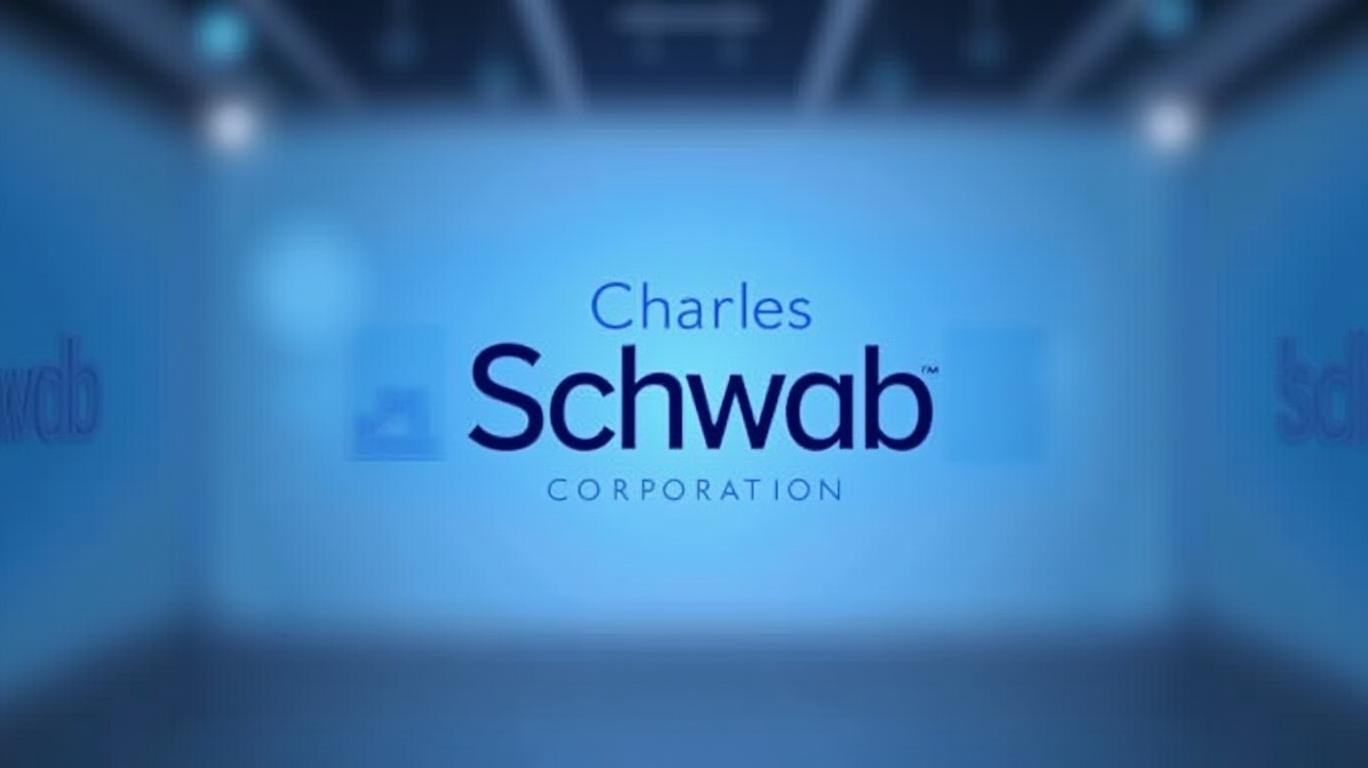Schwab Charles Insider Sells $3 Million in Shares Amid Complex Ownership Structure, SEC Filing Reveals
A recent SEC filing has drawn attention to a significant sale of shares by Charles R. Schwab, Co-Chairman of
Corporation (SCHW). According to the Form 4 report filed on April 28, 2025, sold 37,585 shares of the company’s common stock at an average price of $79.55 per share, resulting in proceeds of approximately $3 million. While the transaction raises questions about insider sentiment, the complex ownership structure and indirect nature of the sale suggest the move may reflect estate planning or structured asset management rather than a direct signal about the company’s prospects.
Breaking Down the Transaction
The sale occurred on April 28, 2025, though this date appears to be a future timestamp, potentially indicating a placeholder error or a planned transaction yet to occur. The shares were sold through multiple trades executed at prices ranging from $79.50 to $79.65, with the weighted average price cited in the filing. Notably, Schwab does not own these shares directly; they are held indirectly through a trust, along with other entities such as a limited partnership and holdings managed by his spouse as trustee.
Post-transaction, Schwab’s total beneficial ownership remains substantial: 59,970,853 shares via the trust, plus additional holdings totaling over 38 million shares through other entities. This suggests the sale represents a small fraction of his overall stake, which he retains through diversified indirect ownership.
Why the Sale Matters—and Why It Might Not
Insider sales often spark investor concern, but context is critical. Schwab’s indirect ownership complicates the narrative. Shares held via trusts or partnerships may be part of long-term wealth management strategies, such as tax optimization or inheritance planning. The sale’s timing relative to corporate news or market conditions is unclear, as the filing does not disclose motivations.
Historically, Schwab’s stock has been volatile, reflecting broader market swings in financial services. For instance, in 2023, SCHW fell by 22% amid rising interest rates and competition in brokerage services, only to rebound by 18% in 2024 as rates stabilized. The $79.55 sale price aligns with SCHW’s recent trading range, suggesting no immediate disconnect between the insider’s actions and market sentiment.
The Anomaly of the Future Date
The April 28, 2025, transaction date raises eyebrows. While SEC filings can be backdated or include errors, this timestamp could indicate:
1. A draft or placeholder entry accidentally submitted.
2. A planned sale under a Rule 10b5-1 trading plan, which allows executives to pre-schedule trades regardless of market timing.
3. A formatting mistake, such as a typo in the year (e.g., 2024 vs. 2025).
Investors should monitor subsequent filings for clarifications or corrections.
Ownership Structure and Legal Compliance
Schwab’s extensive indirect holdings underscore the complexity of high-net-worth ownership structures. The filing also highlights the role of Jeffrey E. Salvesen, an attorney acting on Schwab’s behalf, emphasizing the use of power-of-attorney arrangements common among executives managing large estates.
Legal safeguards, such as Section 16(b) of the Securities Exchange Act, prevent short-term profit-taking by insiders. Given Schwab’s long-term holdings, this sale likely complies with those rules, as it does not appear to involve rapid buying and selling.
Conclusion: A Cautionary Signal or a Non-Issue?
While the sale of $3 million in shares by a Co-Chairman merits attention, the indirect ownership and vast remaining stake temper its significance. The transaction aligns more with estate planning or asset diversification than a vote of no confidence in Schwab’s future.
Investors should focus on SCHW’s fundamentals: its competitive position in brokerage services, progress in digital innovation, and exposure to rising interest rates, which historically benefit companies with strong deposit bases. As of early 2024, SCHW’s net interest margin had expanded by 2% year-over-year, signaling resilience in a high-rate environment.
However, the unresolved April 2025 date anomaly remains a red flag. Until clarified, investors should scrutinize subsequent filings and market reactions. For now, the sale appears to reflect a nuanced ownership strategy rather than an indication of trouble ahead.
In short, while the transaction deserves notice, it does not yet warrant panic—unless the future date mystery clouds investor confidence further.

Comments
No comments yet